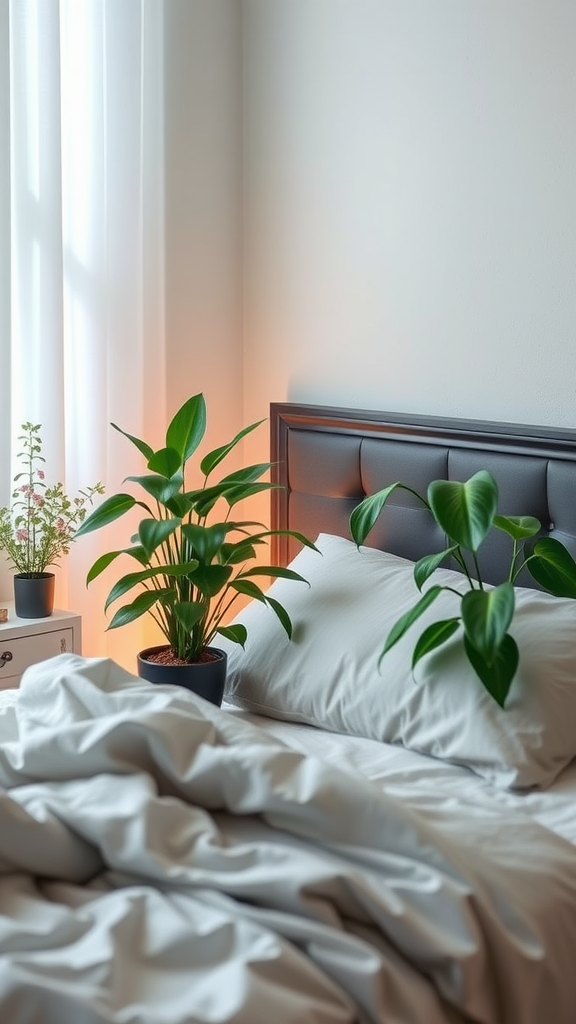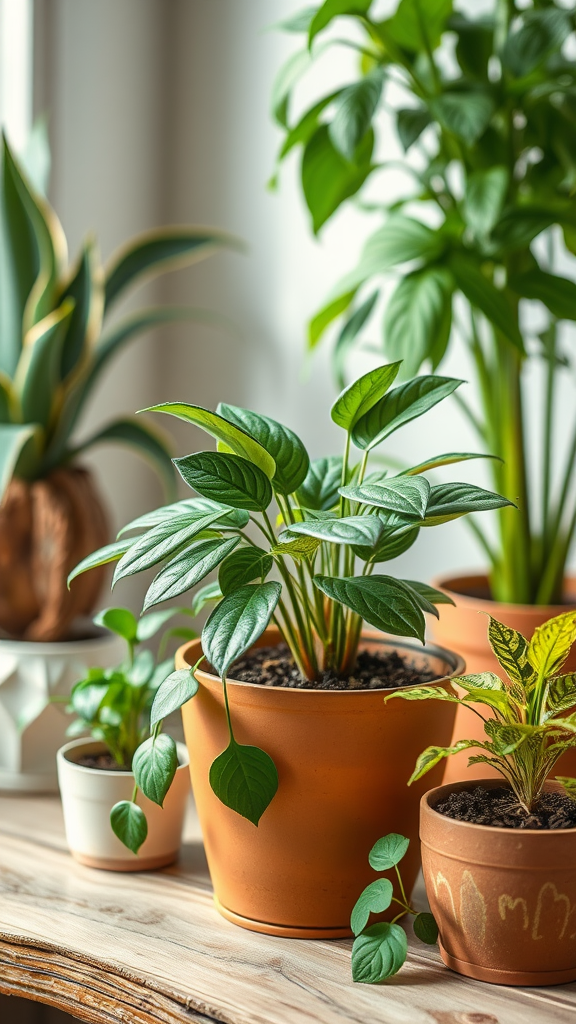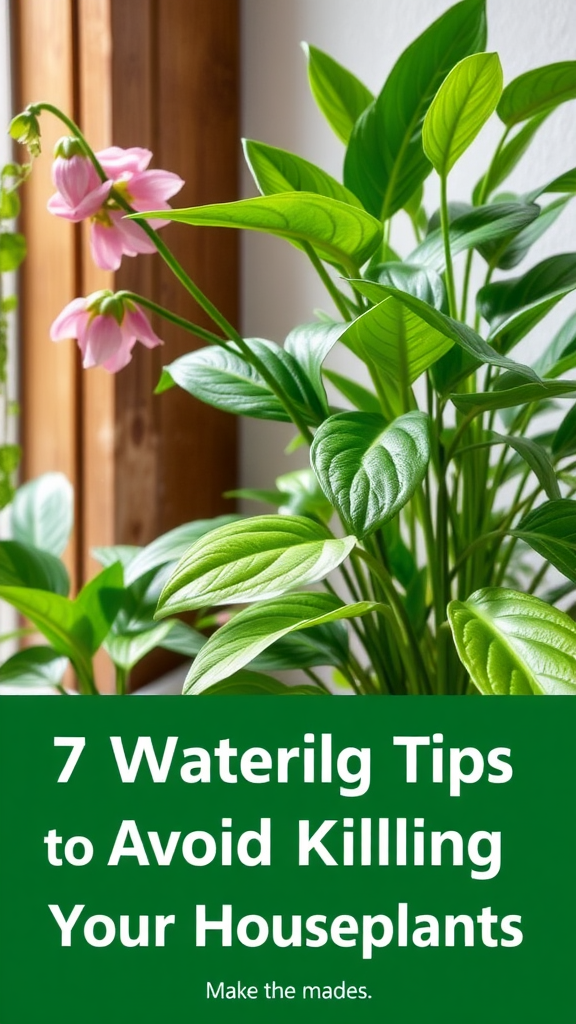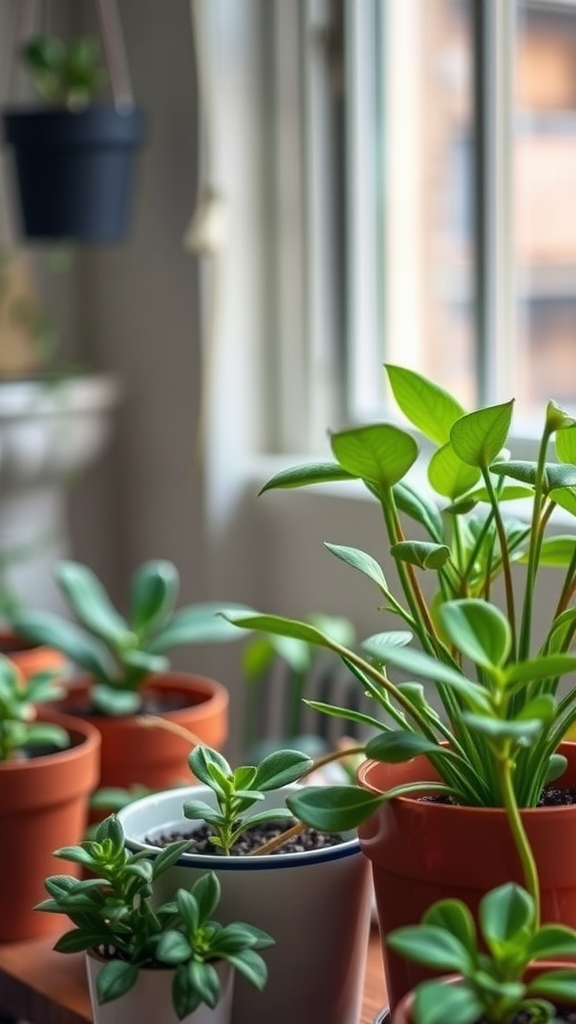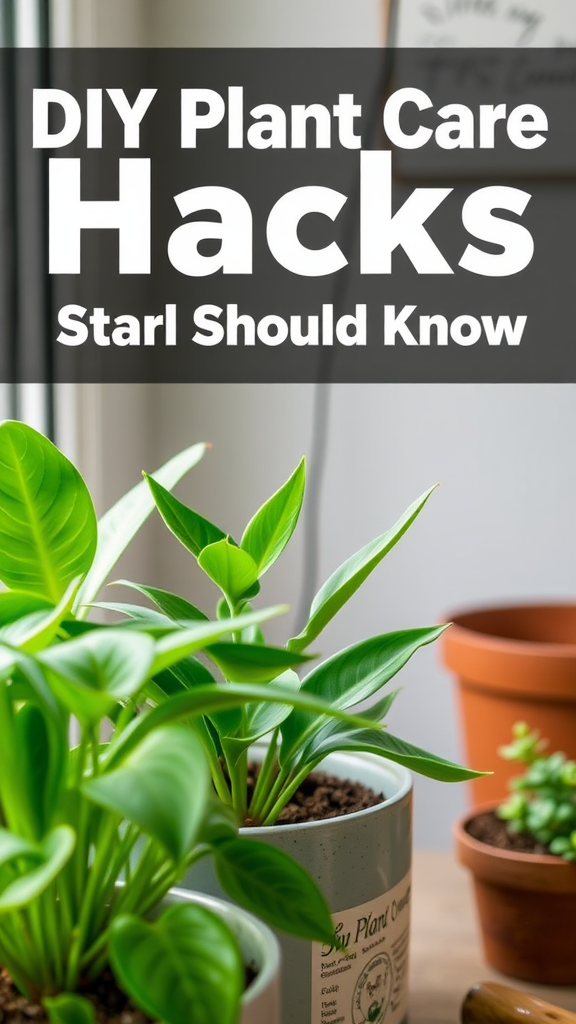The Impact of Indoor Plants on Sleep Quality: Exploring 7 Plants That Promote Better Sleep
If you’ve ever tossed and turned at night, you’re not alone. Many people struggle with sleep quality for a variety of reasons. One simple solution to enhance your sleep might be found in the indoor plants you choose to surround yourself with. Certain plants can create a calming environment and help you relax, making it easier to drift off to dreamland. Let’s explore seven plants that can promote better sleep.
1. Lavender
Lavender is well-known for its soothing scent, which has been shown to reduce anxiety and improve sleep quality. Studies suggest that inhaling lavender can slow your heart rate and lower blood pressure, putting you in a state of tranquility before bed. You can place lavender plants on your nightstand or even use lavender essential oils in a diffuser while you sleep.
2. Snake Plant
The snake plant, or Sansevieria, is a hardy plant that thrives in low light conditions. Its unique ability to convert carbon dioxide into oxygen at night can significantly enhance the air quality in your bedroom. Improved air quality can lead to better sleep, while its striking appearance adds an aesthetic touch to your space.
3. Peace Lily
The peace lily is not only beautiful but also an excellent air purifier. It helps filter out harmful toxins in the air and produces oxygen, contributing to a healthier sleep environment. Additionally, peace lilies thrive in low light, making them perfect for bedrooms. Just be mindful not to overwater them, as they prefer slightly dry soil.
4. Chamomile
Chamomile is famed for its relaxing properties, often consumed in tea before bedtime. However, growing chamomile plants in your home can also provide a soothing atmosphere. The flowers emit a gentle fragrance, which can promote relaxation and help reduce stress levels after a long day. Consider using chamomile tea in conjunction with the plant for maximum results.
5. Aloe Vera
Aloe vera is recognized for its many health benefits, including its ability to improve air quality. This plant releases oxygen at night, making it a suitable choice for your bedroom. Moreover, aloe vera is known for its healing properties, which can support your overall well-being and potentially enhance your sleep experience.
6. Gerbera Daisy
The vibrant colors of gerbera daisies can brighten up your room and your mood. More than just a pretty flower, gerbera daisies are known to help purify the air. They release oxygen at night, which can enhance your breathing as you sleep. Place them by your window to ensure they get plenty of sunlight, which will keep them thriving and producing oxygen.
7. Jasmine
Jasmine is another plant known for its aromatic properties. Inhaling jasmine has been linked with improved sleep quality and reduced anxiety levels. You can sit the plant in a sunny spot in your home to enjoy its sweet smell, especially in the evening. The scent of jasmine may help you feel more relaxed and ready for a restful night.
- Benefits of Indoor Plants:
- Improved air quality
- Reduced stress and anxiety
- Enhanced aesthetic appeal
- Tips for Care:
- Ensure proper light conditions for growth
- Water appropriately to prevent over-saturation
- Perform regular maintenance, such as dusting leaves
These plants into your bedroom can create a more restful atmosphere conducive to sleep. While they can be powerful aids, it’s essential to combine them with other good sleep hygiene practices, such as maintaining a cool room temperature and establishing a consistent sleep schedule. Embracing the power of nature through indoor plants could be the key to unlocking a more peaceful night’s sleep.
Tips for Creating a Sleep-Friendly Environment with Plants in Your Bedroom
Creating a sleep-friendly environment in your bedroom is essential for a restful night. One effective way to enhance your sleep space is by incorporating plants into your decor. Not only do plants beautify your room, but they also offer numerous health benefits that can lead to better sleep. Here are some tips to enrich your bedroom with plants, promoting a peaceful sleeping atmosphere.
Choose the Right Plants
Not all plants are suitable for your bedroom. When selecting plants for better sleep, consider those that have air-purifying qualities and can thrive in low light. Here are some great options:
- Lavender: Known for its calming scent, lavender can reduce anxiety and improve sleep quality.
- Snake Plant: It releases oxygen at night, which can help you breathe easier while you sleep.
- Aloe Vera: This plant is not only great for skincare but also helps remove toxins from the air.
- Pothos: A resilient plant that thrives in various conditions and is excellent for purifying the air.
- Peace Lily: This beautiful plant adds elegance while effectively removing harmful indoor pollutants.
- Spider Plant: Easy to care for, it helps filter out indoor toxins and releases oxygen during the night.
- Jasmine: The sweet scent of jasmine can improve sleep quality and reduce stress levels.
Positioning of Plants
The way you position your plants can influence their benefits. Here are some tips for optimal placement:
- Place plants on bedside tables to enjoy their natural scent before sleep.
- Hang plants in the corners of your room where they can cascade down; it adds a serene vibe.
- Use shelves at various heights to create visual interest, placing more delicate plants at eye level for easy appreciation.
- Group plants together to create a calming green corner that can act as a natural air purifier.
Maintain a Clean and Healthy Environment
While plants are beneficial, it’s essential to keep them healthy for your sleep environment to thrive. Consider these maintenance tips:
- Water your plants regularly, but avoid over-watering, which can lead to mold growth.
- Dust the leaves frequently to ensure they can absorb sunlight and breathe properly.
- Rotate pots occasionally to guarantee all sides of the plant receive equal light exposure.
Use Plant-Based Aromatherapy
In addition to the visual appeal of plants, their fragrances can further enhance your sleeping environment. Here’s how to incorporate aromatherapy into your plant setup:
- Consider placing lavender or jasmine near your pillow to benefit from their soothing aromas.
- Invest in essential oil diffusers that can work alongside your plants to release calming scents throughout the room.
- Opt for dried herbs like chamomile or sage mixed with fresh plants to create a natural air freshener.
Be Mindful of Allergens
While many plants are beneficial, it’s crucial to select ones that won’t exacerbate allergies. If you or someone in your household is sensitive to pollen, consider these measures:
- Choose hypoallergenic plants like snake plants or peace lilies.
- Ensure adequate air circulation in the room to prevent mold on soil.
- Rotate and change out plants seasonally to minimize dust or mold buildup.
Enhance Your Bedroom Décor
Plants can serve as stylish decor elements that enhance the overall aesthetics of your bedroom. Consider these ideas:
- Select pots that match your bedroom style, from modern ceramics to rustic wooden containers.
- Use decorative stands to elevate plants and create a focal point in your space.
- Consider creating a vertical garden on a wall for a stunning green feature that takes up minimal floor space.
By thoughtfully incorporating plants into your bedroom, you can create a tranquil environment that encourages better sleep. These green companions not only purify the air but also have calming properties that foster relaxation. With the right plants and care, you can transform your room into a sleep sanctuary that rejuvenates you each night.
Conclusion
When it comes to enhancing your sleep quality, incorporating specific indoor plants into your bedroom can make a remarkable difference. The seven plants we discussed—like lavender, chamomile, and peace lilies—are not just beautiful additions to your space; they also possess unique properties that can help you relax and unwind. By purifying the air and releasing calming scents, these plants create a soothing atmosphere, setting the stage for a restful night.
To further optimize your sleep-friendly environment, consider practical arrangements for your plants. Position them on your nightstand or hang them in your window to ensure they receive adequate light while maintaining easy access. Additionally, using pots with drainage holes will help keep the plants healthy and ensure you won’t have to worry about excess moisture in your room.
Remember, the impact of the right plants doesn’t stop at aesthetics. They bring a sense of tranquility and natural beauty, both of which can ease your mind after a long day. Experiment with different plants until you find the combination that resonates most with you. Establishing a nighttime routine that includes tending to your plants or simply enjoying their presence can also signal to your body that it’s time to wind down for the evening.
Taking these small yet thoughtful steps to incorporate greenery into your sleep sanctuary can lead to improved sleep quality, better relaxation, and overall well-being. So go ahead, embrace the power of these seven plants, and transform your bedroom into a serene oasis that nurtures restorative rest.

